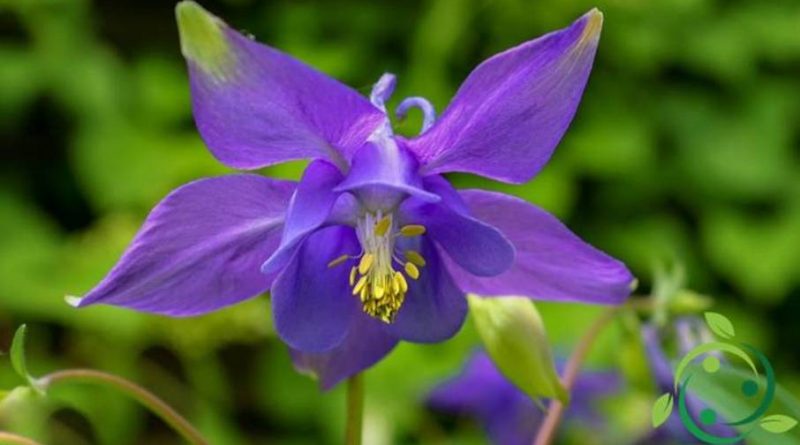How to cultivate Aquilegia
How to cultivate Aquilegia
Aquilegia is a genus of plants (Aquilegia L.) of the Ranunculaceae family.
It is a genus that includes about 70 species, with numerous hybrids and horticultural varieties, characterized by perennial herbaceous plants, with light and finely divided foliage, light flowers with long colored spurs, depending on the species and varieties, of white, blue , yellow, red, pink, lilac, violet and ivory.
The Aquilegia is used as ornamental plants in gardens for mixed borders or isolated groups but also industrially for the production of cut flowers or for growing in pots on terraces.
Among the species we recall the A. chrysantha of American origin with a yellow flower; there. caerulea, of North American origin with white and blue flowers; there. flabellata originally from Japan with white flowers; there. shapely California with yellow and pink flowers; there. spontaneous vulgaris of our woods, with blue-violet flowers, petals with a hooked spur up to 1 m high; other spontaneous species are the A. atroviolacea with small dark violet flowers; there. 60 cm high thalictrifolia with pubescent leaves, slimy deeply divided into three lobes and small blue-violet flowers; there. 80 cm high alpine with large blue flowers with non-hooked spurs.
In this card we will see how to cultivate the Aquilegia following the most appropriate agronomic indications.
For the cultivation of the Aquilegia it is necessary to choose areas with partial insolation even if the plant is able to grow even in full sun. The most suitable areas for its cultivation are those characterized by a climate that is not too hot and therefore with a cool climate.
From the soil point of view the most suitable soils for the cultivation of Aquilegies are those that are acid or neutral, not calcareous, soft and well endowed with organic substances. These soils must remain fresh even in summer.
Drainage must be optimal, with no possibility of stagnation. Obviously the environmental climatic conditions for this species are those with good environmental humidity and with summer mitigated by rain.
In the absence of these conditions, these conditions must be created through suitable shading and water supplies.
For Aquilegie grown in pots these must be placed in bright places but not in direct contact with the sun’s rays.
The soil should be composed of 40% silica sand, soil for 40% flowering plants and 20% peat soil. At the bottom of the pots a draining layer should be placed using very large gravel or expanded clay.
Irrigation of the pots should be done whenever the top layer tends to dry out; in addition, make sure you never let water accumulate in the saucers.
As for the propagation of the Aquilegia this is done by sowing in the spring period to flower from the second year of life. It should be remembered that in this first case the hybridization of the Aquilegie is very easy and the plants born from seed, where different species or varieties are present, will not faithfully represent the characters of the original specimens.
Alternatively, even to maintain the characteristics of mother plants, one can multiply by agamic way with the division of the tufts or by cutting.
Once the Aquilegias are planted they should not be transplanted for some years if vigorous and very floriferous tufts are to be obtained.
Finally, among the agronomic techniques, the timely pruning of the faded corollas is remembered, to stimulate new and copious blooms.
A suggestion for their positioning. Since all the columbines exceed 40 cm in height, it is better to place them in the background after elements of lower height. They are enhanced if planted in rich tufts and not as isolated plants: this way both flowering and light foliage stand out more.
For the few care needed they are indicated for low maintenance gardens.

